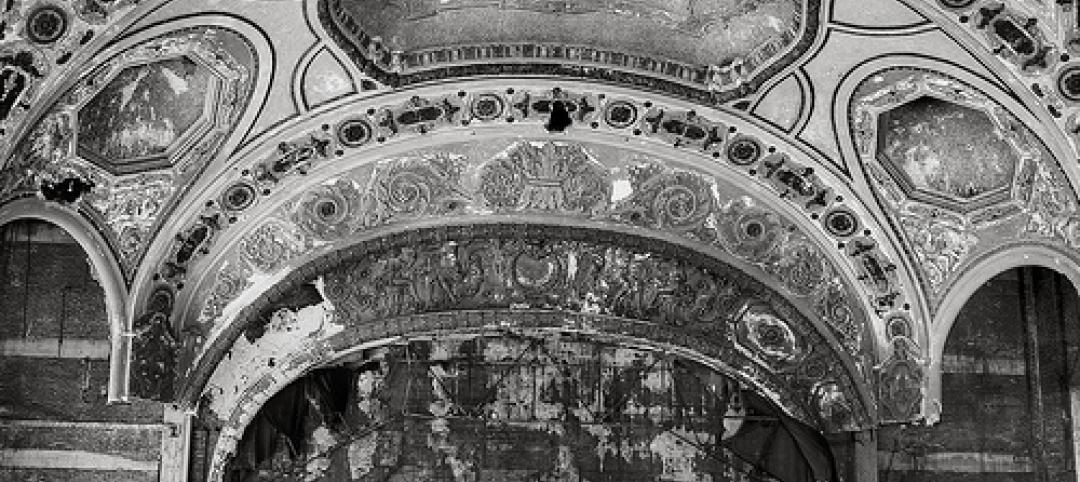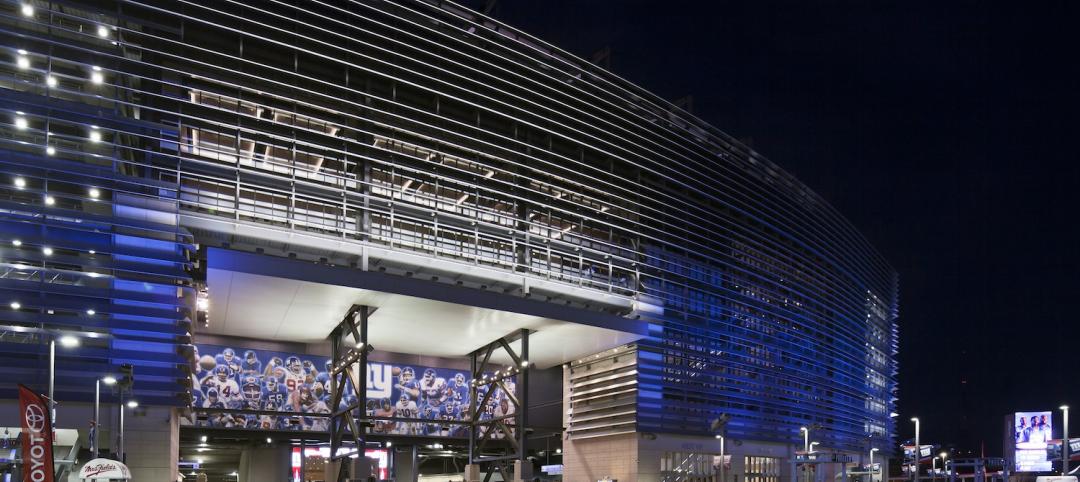Scrap tires could gain a new purpose as ingredients for construction materials, thanks to research at Missouri University of Science and Technology.
Discarded tires are a big problem. Landfills are teeming with them and they can harbor disease-carrying mosquitos and rodents. Stockpiles of old tires also burn easily — creating fires that can quickly get out of control and may burn for months or even years.
But the longevity and resilience of scrap tires also makes them ideal for other uses.
Dr. Mohamed A. El Gawady, a researcher at Missouri S&T, is currently testing new masonry blocks made with ground tires.
“Rubber has a lot of benefits in addition to its sustainability,” says El Gawady, associate professor of civil, architectural and environmental engineering. “It’s very durable and provides good insulation. Among their many potential benefits, these new blocks could cut heating bills by 50 percent.”
ElGawady has been working with Midwest Block and Brick, a Jefferson City, Mo.-based company, to create the blocks, which are made from sand and scrap tires ground to fine particles.
These rubber-added blocks, called rubberized blocks, were constructed with a variety of ratios of sand to rubber particles before coming up with the right balance.
“The rubber makes the blocks a bit weaker, so after testing various percentages, we now only replace about 20 percent of the sand with rubber, so the blocks retain their strength,” ElGawady says.
He and his students use a compression machine to test and compare the strength of prisms built with the rubberized blocks to conventional concrete masonry blocks.
Both rubberized and conventional blocks are being tested in an environmental chamber at Missouri S&T. In the chamber, the blocks undergo cycles of extreme temperatures and humidity levels, simulating different weather conditions. The rubberized blocks are also tested under cyclic compression loads simulating earthquake loads.
“Construction with these new blocks could improve a building’s resiliency during an earthquake by acting as shock absorbers,” says ElGawady.
Related Stories
| Aug 21, 2014
Must See: Detroit's Beaux-Arts parking garage
An opulent Renaissance Revival building in downtown Detroit is being used as a parking garage.
| Aug 20, 2014
WELL Building: The next step in green sports construction
The WELL Building Standard, a new protocol that focuses on human wellness within the built environment, is a particularly good fit for sports facilities, write Skanska's Tom Tingle and Beth Heider.
| Aug 20, 2014
Seattle's King Street Station thoughtfully restored [2014 Reconstruction Awards]
After years of neglect and botched renovations, King Street Station sparkles once again.
| Aug 20, 2014
Tour an office with no assigned workstations [slideshow]
The New York office of the Gerson Lehrman Group recently redesigned its office without personal desks or cubicles. The company gave each of its 250 employees a locker, a laptop, and told to work anywhere they wanted, according to Business Insider.
| Aug 20, 2014
Architecture Billings Index reaches highest mark since 2007
The American Institute of Architects reported the July ABI score was 55.8, up noticeably from a mark of 53.5 in June.
| Aug 19, 2014
Goettsch Partners unveils design for mega mixed-use development in Shenzhen [slideshow]
The overall design concept is of a complex of textured buildings that would differentiate from the surrounding blue-glass buildings of Shenzhen.
| Aug 19, 2014
HOK to acquire 360 Architecture
Expected to be finalized by the end of October, the acquisition of 360 Architecture will provide immediate benefits to both firms’ clients worldwide as HOK re-enters the sports and entertainment market.
| Aug 19, 2014
A designer's epiphany: 'Let's stop talking and make something'
Making things is important because it reveals gaps in thought, sheds light on the fundamental assumptions that can kill ideas, and forces us to push toward solutions that actually work, writes HDR's David Grandy.
| Aug 19, 2014
Construction boom lures new class of lenders in Nashville, says JLL
In the coming months, a gleaming S-shaped tower will join Nashville's burgeoning skyline. The new tower is just one example of a project financed not with conventional construction loans but with a unique blend of equity and debt.
| Aug 18, 2014
Perkins+Will expands planning practice with strategic focus on underserved U.S. communities
The broadened focus is resulting in comprehensive, long-term plans that will guide new growth in places like Buffalo, N.Y., Kingston, R.I., and Brooklyn, N.Y.

















